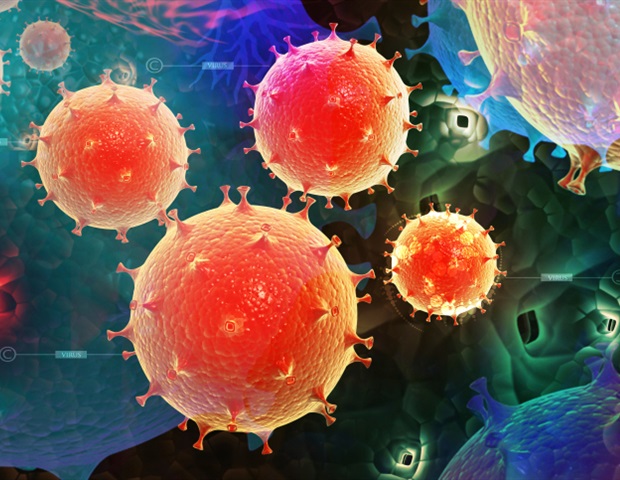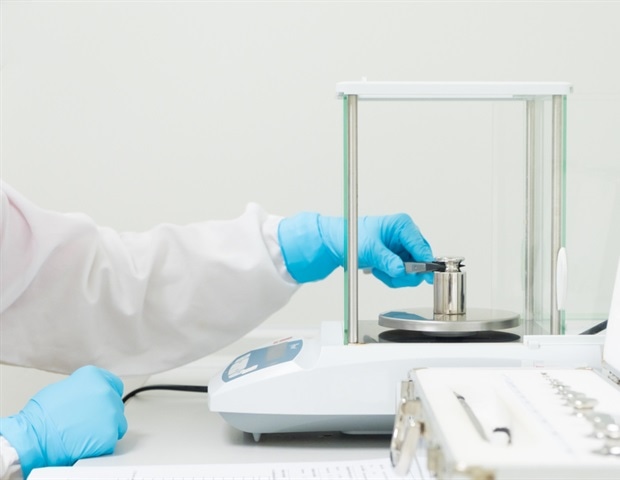In a recent publication in the PLOS One Journal, researchers evaluated the role of Multiple Endocrine Neoplasia 1 (MEN1) messenger ribonucleic acid (mRNA) in breast cancer. Their results revealed that MEN1 gene expression was significantly higher in tumor tissue when compared to normal cells, with expression primarily localized in the nuclear region.
MEN1 expression was strongly correlated with patients’ estrogen receptor status, with over 60% of ER-positive patients depicting MEN1 mRNA and protein upregulation.
 Study: Evaluating the role of MEN1 gene expression and its clinical significance in breast cancer patients. Image Credit: lovelyday12/Shutterstock.com
Study: Evaluating the role of MEN1 gene expression and its clinical significance in breast cancer patients. Image Credit: lovelyday12/Shutterstock.com
Breast cancer and MEN1
As the name suggests, breast cancer is a multifactorial condition characterized by malignant tumors in the breast cells. It is rare in men but is the second most common type of cancer affecting women, with almost 23% prevalence worldwide.
As of 2020, this disease has been responsible for over 685,000 deaths per year globally, making research into the pathways and mechanisms of the condition essential.
The Multiple Endocrine Neoplasia 1 (MEN1) gene codes for the protein menin. Previous work has revealed that menin is vital in regulating cell growth, cell cycle, genome stability, and synapse plasticity. Previous research has found MEN1 to have a split personality – it is known to function as a cancer suppressor in the germline, neutralizing endocrine tumors.
However, mutated forms of the gene have been shown to act as oncogenes (tumor initiators) in prostate cancer, leukemia, and hepatocellular carcinomas.
Studies have suggested that MEN1 expression levels can predict cancer aggression, with patients having upregulated expression showing lower survival in hepatocellular and prostate cancers. In females, MEN1 gene deficiencies have been linked to an increased risk of breast cancer.
Interestingly, upregulation of the gene, and its consequential increase in menin, have been reported to reverse this effect, hastening breast cancer proliferation and seemingly imparting drug and therapy resistance to tumors.
Scientists have hypothesized that hormonal imbalances due to MEN1 gene mutations or altered expression levels can contribute to breast cancer ontogenesis. However, studies targeting the clinical parameters of MEN1 and the differential mechanisms of its expression are hitherto lacking.
About the study
In the present study, researchers evaluated the role of MEN1 expression in breast cancer onset and proliferation. Researchers aimed to elucidate the epigenetic and polymorphic alterations of MEN1 at both mRNA and protein (menin) levels, thereby contributing to a clinical understanding of the association between the gene and the disease and informing future therapeutic interventions.
The team began by identifying and selecting 142 Indian women between the ages of 20 and 79 for the study based on the following criteria – single primary breast tumor, no prior chemotherapy or radiotherapy, and written informed consent. Aliquots of tumors and normal tissues were collected during routine cancer surgery.
Researchers isolated RNA from aliquotes to synthesize a cDNA library for mRNA expression analyses. The cDNA library was processed through a real-time polymerase chain reaction (RT-PCR) using MEN1-specific primers for RNA amplification.
Genomic DNA was extracted, amplified, and tested for promoter methylation status using a methylation-specific PCR (MS-PCR).
To quantify the differential expression of menin protein, researchers conducted immunohistochemistry analyses using menin-specific antibodies (A500-003A) and the ultramicrotomy of preserved breast cancer tissue.
Western blotting techniques and automated DNA sequencing were employed to quantify total protein expression and identify mutant MEN1 genes. Finally, METABRIC data analysis compared survival curves between low and high MEN1 expressions.
Study findings
The present study revealed that MEN1 expression was upregulated in nearly 63% of breast cancer patients. Of the 61 estrogen receptor-positive (ER+) women in the study, 46 showed MEN1 mRNA overexpression, suggesting a strong association between mRNA upregulation and ER status.
Western blotting results indicated similar trends in the protein expression-ER relationships – 60% of women with increased menin synthesis were found to be ER+. Recent research has suggested that MEN1 could play a vital role in the proliferation of ER+ cells, which the current study supports.
This study also found a correlation between MEN1 mRNA and lymph node status, with gene upregulation showing a strong correlation between lymph node-positive status and reduced survivability. MS-PCR results did not reveal mutations in the MEN1 gene for the 141 Indian women included in the study.
METABRIC and statistical analyses found associations between gene expression and survival, with patients having high mRNA expression showing lower survival than those with reduced MEN1 gene expression.
“In future, case studies could be designed on larger population to evaluate the differential expression of MEN1 gene in different phenomenon like disease free survival, metastasis and resistance to hormone and drug therapy. This will give better insight in understanding clinical significance of MEN1 in breast cancer patients.”
Conclusions
The present study elucidates the association between MEN1 gene expression and sporadic breast cancer. Researchers showed that the overexpression of the gene was linked with higher ER+ status in breast cancer patients, resulting in reduced survivability.
No MEN1 gene mutations were observed in the 141 patients included in the study, though the limited sample size could be responsible for this result.
These results reveal the importance of the MEN1 gene in breast cancer. They can form the segway into future research that determines the mechanisms of MEN1 as both a tumor suppressor and oncogenic factor in breast cancer.








